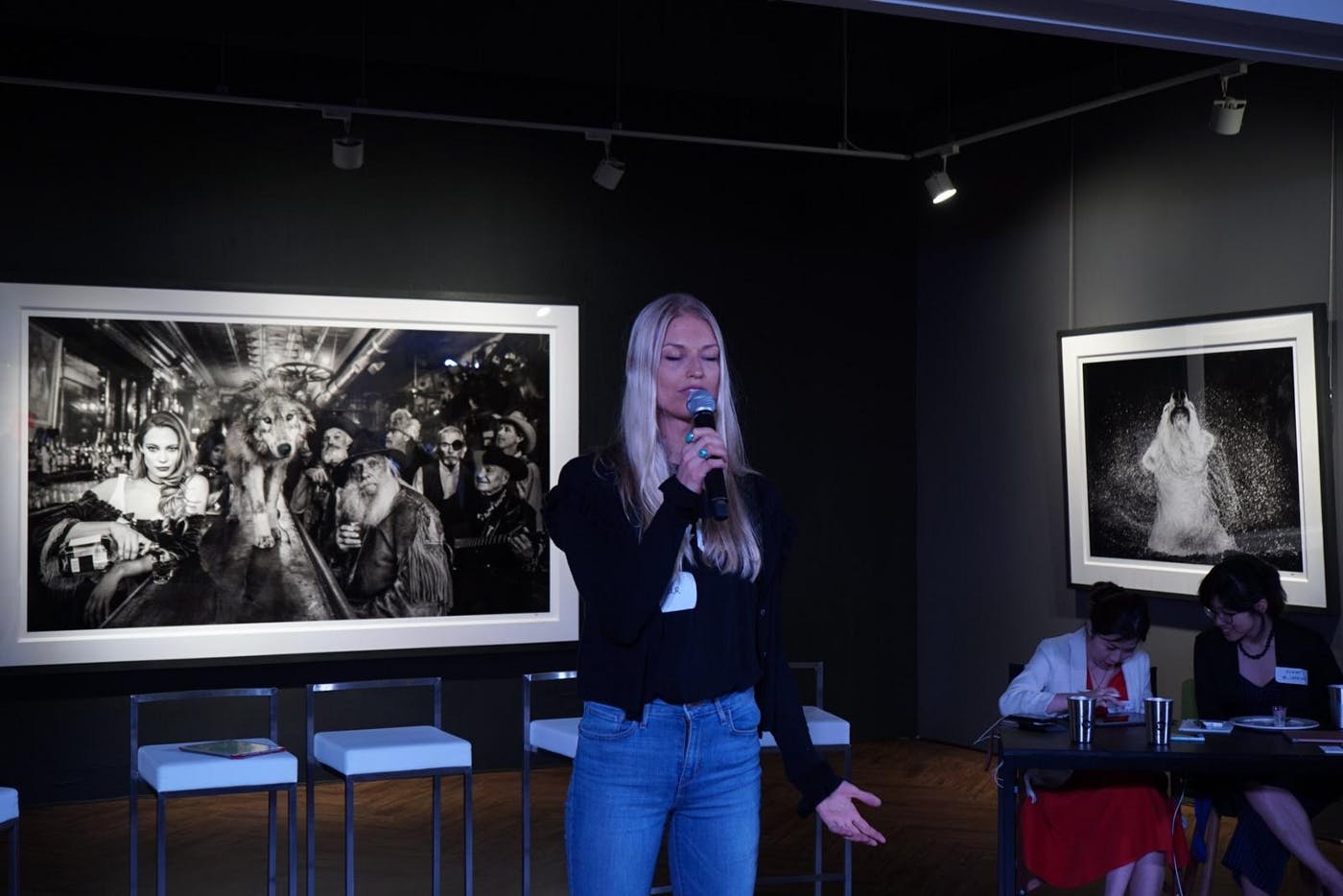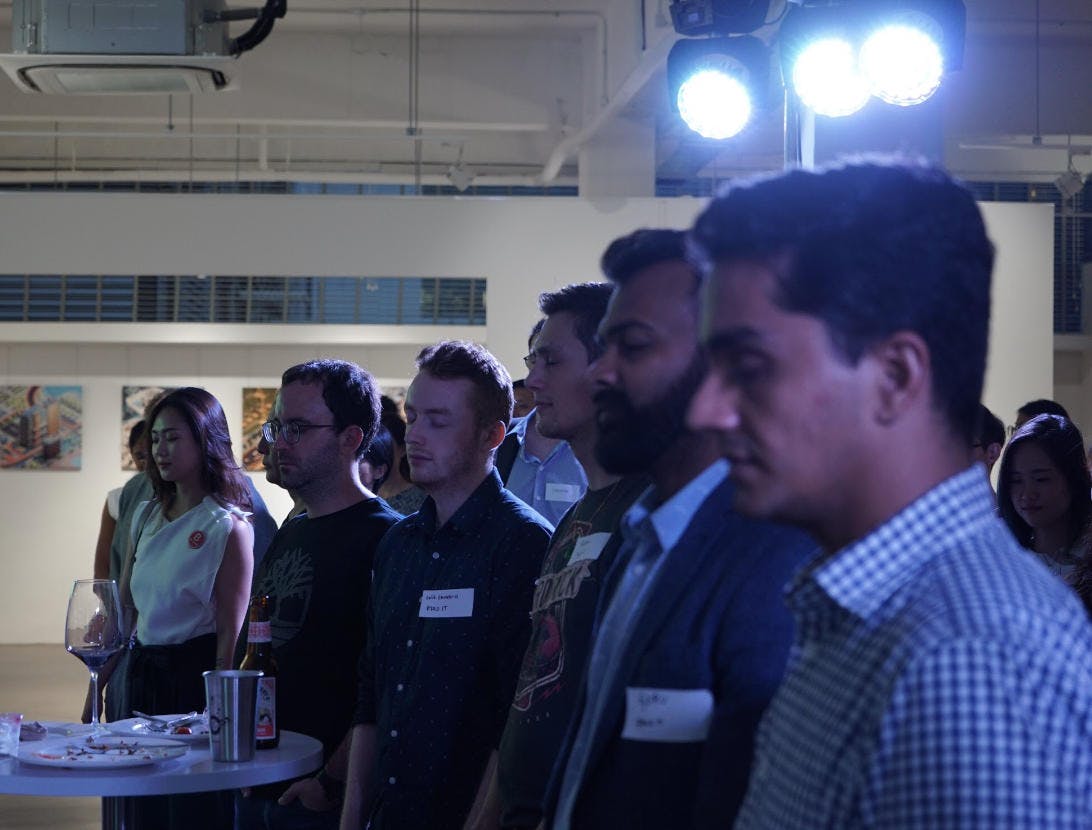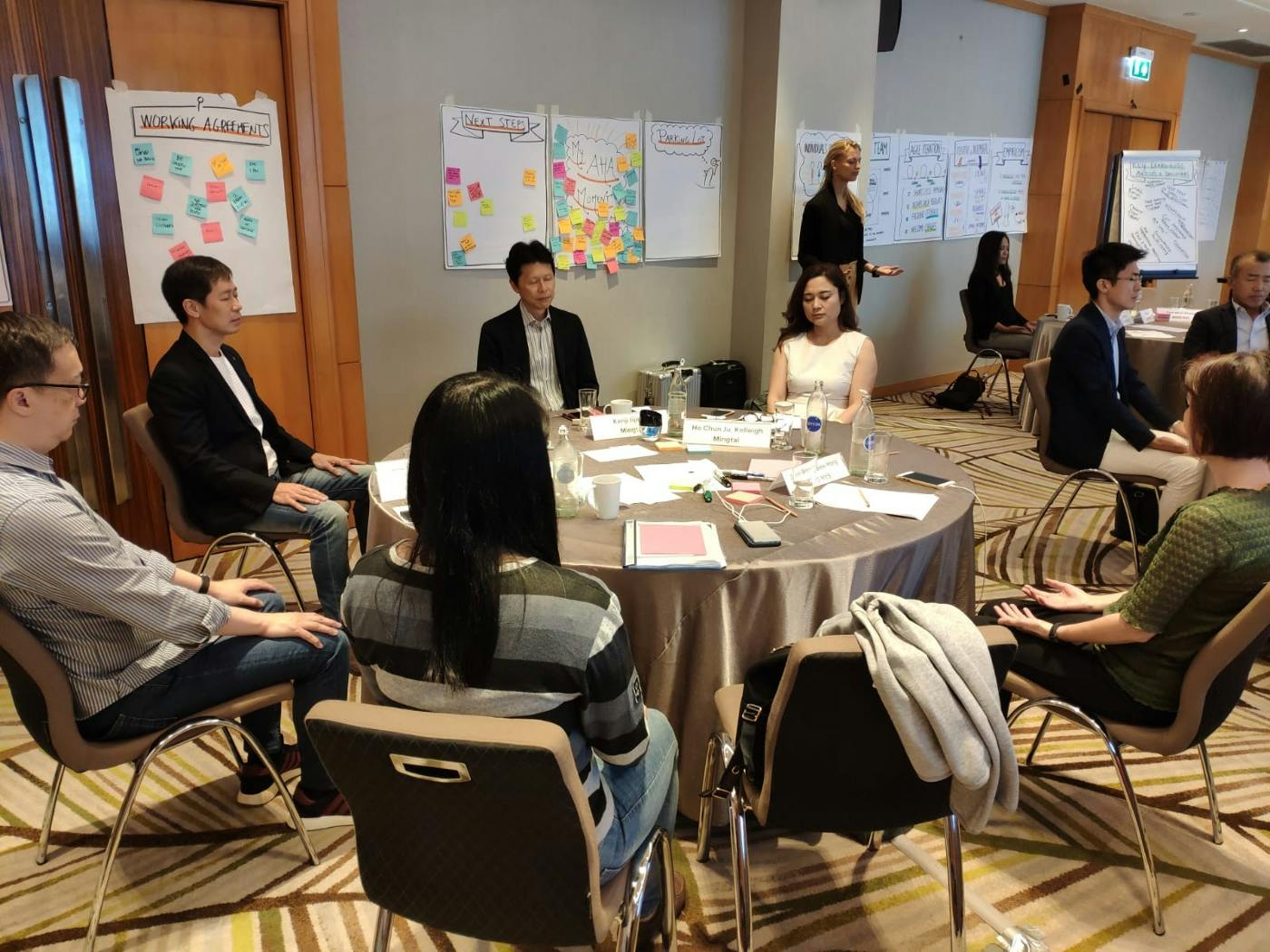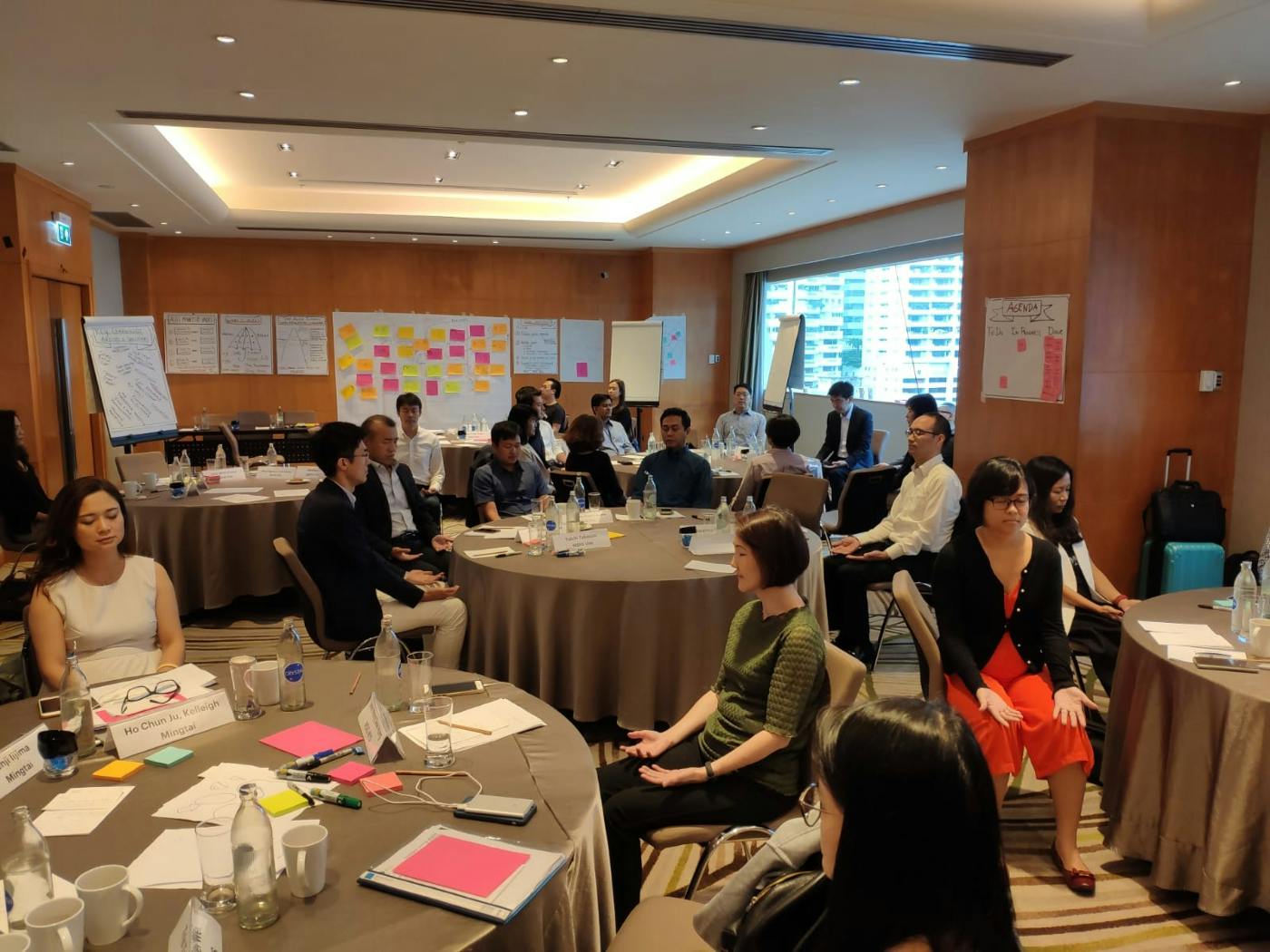In the fast-paced society we‘re living in, it’s very common to experience stress, anxiety or tension. Multi-tasking, mind-wandering, and always focusing on what’s “next” makes us become less aware about how we feel in our mind, body and spirit. How do we take the time to pause and maintain focus?
Mindfulness is an essential super life skill that builds mental resilience and reduce stress levels so that we can lead happier and healthier lives in the present moment. Cultivating Mindfulness enhances all your other skills, whether at home, work, traveling or even when you’re just spending time with your friends and family. So why not start applying it?
According to the Mindful Nation UK Report, Mindfulness means “Paying attention to what’s happening in the present moment in the mind, body and external environment, with an attitude of curiosity and kindness”.
Research has shown that we spend 47% of our time Mind-wandering (Resource: Killingsworth, 2010; Mindful Leadership Institute, 2010). How much impact does this have on our self-awareness, performance, leadership, and most importantly, our happiness? Mindfulness is about becoming aware of our state of mind, body, emotions, and spirit; becoming aware about our mind-wandering and bringing our attention back, while creating calmness and clarity. This is also known as cultivating meta-attention: “The attention of attention, the ability to know your attention has wandered”(Resource: Search Inside Yourself Program, 2019).
In my work as an Agile Coach, Facilitator, and Yoga Teacher, I facilitate Mindfulness practices at PALO IT and for our clients. I often work with tech teams and individuals under immense pressure to deliver digital products on time, who constantly spend their days behind their screens focusing on finishing their work as fast as they can while maintaining consistency and quality. In addition to that, they also have to spend time on their other projects, as well as on learning and development activities.
Don’t you think that our racing, busy minds deserve a peaceful moment of calmness and clarity, like a mini holiday throughout our days?
The beauty of Mindfulness is that it can be cultivated and applied anytime, anywhere. It does not matter if you are behind your desk at work, walking outside to grab lunch, or waiting for a new meeting to start. Mindfulness practices don’t have to take much time or effort, but are highly effective and bring many benefits to our state of mind. Therefore, I would like to share a few micro Mindfulness practices that I facilitate for my clients and colleagues which you could practice too. Mindfulness practices are accessible for anyone regardless of age, background, gender or experience. I would like to invite you to practice these micro practices and experience the benefits for yourself.
1. A Minute to Arrive or Depart: How many of us have back-to-back meetings or rush from one meeting to another where context switching is important? Many of us multitask throughout the day and look ahead to what’s coming next instead of focusing on the present moment. To be able to “slow down”, pause, take a breath, and re-focus before a next activity starts, the practice “A Minute to Arrive or Depart” is extremely helpful. In workshops and trainings that I facilitate, I often start and end with a guided “Minute to Arrive” (at the start of a session) or “A Minute to Depart” (at the end of a session) for participants. I facilitate it as a guided Mindfulness practice, but you can also do it individually, without any “voice-over” guidance. These are the steps:
- Sit up straight on your chair with your feet grounded next to each other on the floor.
- Make sure you have a bit of free space around you (e.g. push yourself slightly away from your table or move your chair to an open space).
- Lengthen your spine, place your palms on your knees facing up towards the ceiling.
- Relax your shoulders, relax your neck, soften your facial muscles and slowly close your eyes to take this moment as a “Minute to Arrive”.
- Become aware of your breath — how does your breath feel in this present moment? Take a deep breath into your nostrils (chest expands) and take a deep breath out through your nostrils (chest falls).
- Continue to breathe through your nostrils at your own pace, while making your inhalations and exhalations deeper and deeper.
- Bring your attention to your body and observe your body: How does your body feel in this present moment? If you feel any tension points or stress in your body, shift the focus of your breath to those tension points and continue to breathe deeply. Feel how your body starts to relax through your breath.
- Bring your attention to your mind and observe your mind: How does your mind feel in this present moment? You may have some personal thoughts or work-related thoughts. Happy thoughts, frustrated thoughts, or even angry thoughts. Whatever thoughts you have wandering through your mind, just acknowledge them — they are okay. Just let them float by like clouds in the sky. Continue to breathe deeply.
- Bring your attention to your heart: What is your intention for today? For the next activity you are about to start? For the meeting you are entering? For the deadline you are facing? Set an intention for yourself. Reset your focus and continue to breathe deeply.
- Slowly bring the palms of your hands together and start rubbing them together, creating energy and warmth in between your palms. Once you feel the warmth, slowly open them and cover your face with your palms momentarily (keeping your eyes closed), bringing back the positive, warm energy back to your body. You can massage your face gently with your fingertips.
- Slowly open your eyes, roll your shoulders back, and rotate your neck and head.
- Maintain your deep breath throughout the day. Take pauses and focus again on your breath at any time you experience stress, anxiety or pressure.
- You are ready to kick-start your day, meeting or work!

Facilitating a Guided Mindfulness Practice “A Minute to Arrive” during PALO IT’s B Corp Celebration Event in June 2019 in Singapore.

Participants experiencing the Guided Mindfulness Practice “A Minute to Arrive” during PALO IT’s B Corp Celebration Event in June 2019 in Singapore.
2. Gratitude Journaling: Being grateful towards people, things, and events in your life is a very fulfilling and effective way to strengthen your emotional resilience, reduce stress, and experience happiness and positive emotions. Maintaining a Gratitude Journal helps you focus on the positive things in your life, while also reaping the benefits of journaling, writing your thoughts, and “clearing the clouds” in your mind. These are the steps:
- Choose a notebook/journal and a pen you love or feel personally attached to, and nominate them as your Gratitude Journal and Pen.
- Select a timing during the day which is convenient for you to write in your Gratitude Journal (e.g. before starting on your work, during your lunch break or at the end of your day).
- Write a minimum of three items that you are grateful for each day. You can be as creative as you want; gratitude can be found in many ways! (e.g. the help you received from your colleague, a problem you solved at work or the mindful walk you took during your break.)
- Repeat this exercise daily for a minimum of 7 days. On day 8, take a moment to pause, take a few deep breaths, and look back at your Gratitude Journal and read what you wrote down during the past 7 days. Reflect on your appreciations and gratitudes: Which emotions do you feel? Do you see any patterns in the items that you wrote? Become aware of how this practice makes you feel.
3. Appreciation Sharing: Remember that whatever you are grateful for or appreciate in your life, at work or at home does not need to be saved for the Gratitude Journal. Share them openly with your team mates, boss, friends, and family, and tell them how much you appreciate them, what you are grateful for, and experience how that makes you feel! Everyone likes to know that they are appreciated and their positive reactions can give you a positive energy boost too. It’s great for team-building and camaraderie too, especially if you want to become aware and be mindful of the power of teamwork! An easy and quick way to apply this at work is to start a team meeting (e.g. retrospective) with a 5–10 minutes Appreciation Sharing circle where teammates can share their appreciation with each other in a fun and lively way, verbally or through Kudo cards.
In order to reap the benefits of these micro practices, I would like to invite you to continue cultivating these beautiful Mindfulness practices in the cadence and pace that works for you. It’s not about the duration of each practice, but the concept of repeating it often (frequency) and making it a habit, even if it’s just for a few minutes daily. And last but not least, be sure to share your experiences on your Mindfulness practices with others so that others can reap the benefits too. Just like a mini-holiday, Mindfulness is a gift to yourself and others, so remember to pass it along!

Facilitating a Guided Mindfulness Practice “A Minute to Depart” during a Regional Conference in July 2019 in Bangkok for one of Asia’s leading general insurers.

Participants experiencing the Guided Mindfulness Practice “A Minute to Depart” during a Regional Conference in July 2019 in Bangkok for one of Asia’s leading general insurers.